Jampa Lhakhang Temple – Bumthang, Bhutan
High in the remote heart of Bumthang, Jampa Lhakhang is a temple of tranquillity amid the rolling hills that stitch together all things Bhutan. I was enthralled form the moment I arrived.
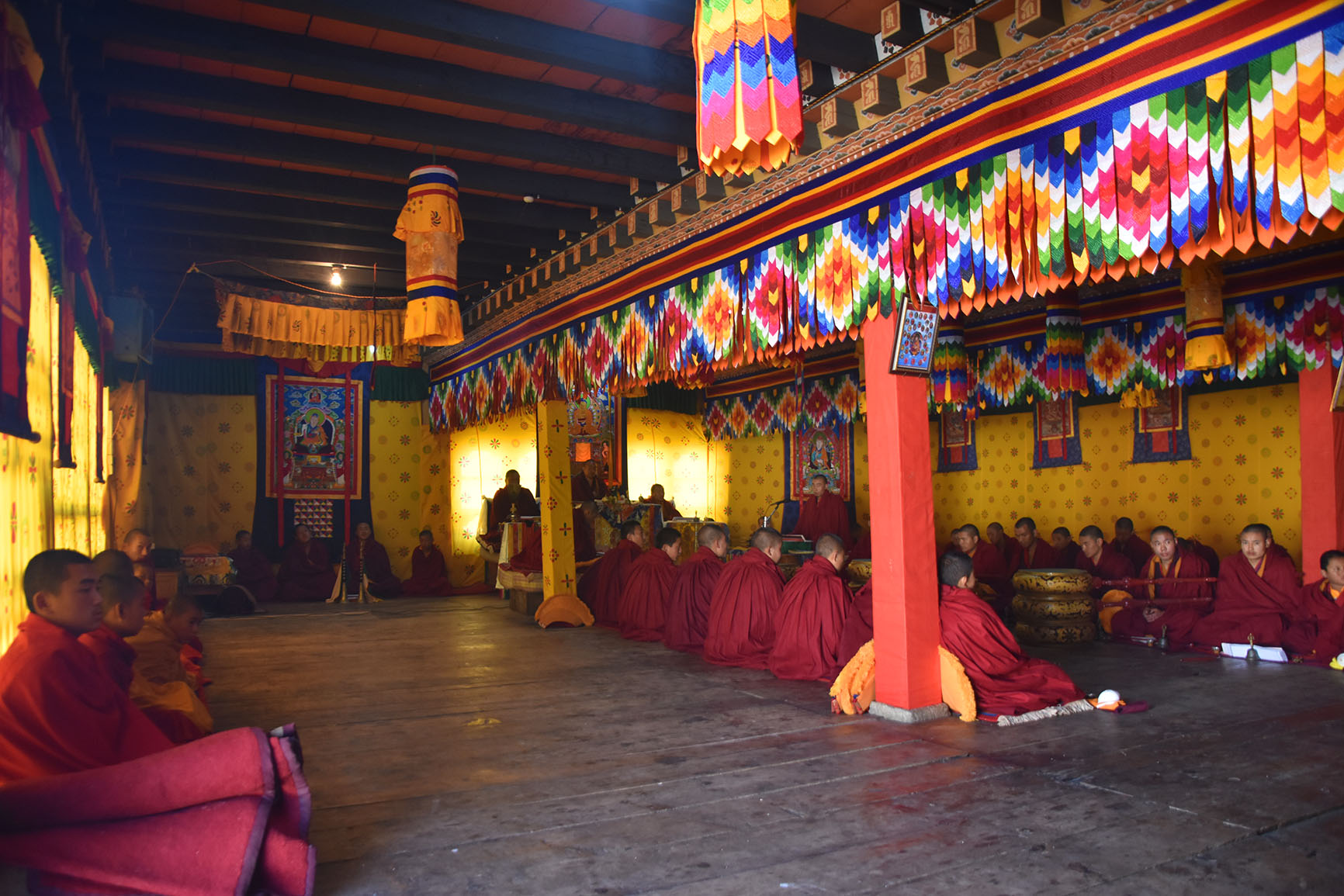
Its weathered stone walls rise out of the landscape as if an ancient manuscript, with each crack and crevice whispering stories of devotion, pilgrimage, and the deep spiritual currents that run through this Himalayan Kingdom. It is a place not easily found on a map, but one that, for those who seek it, offers a kind of peace and reverence that feels both eternal and personal.
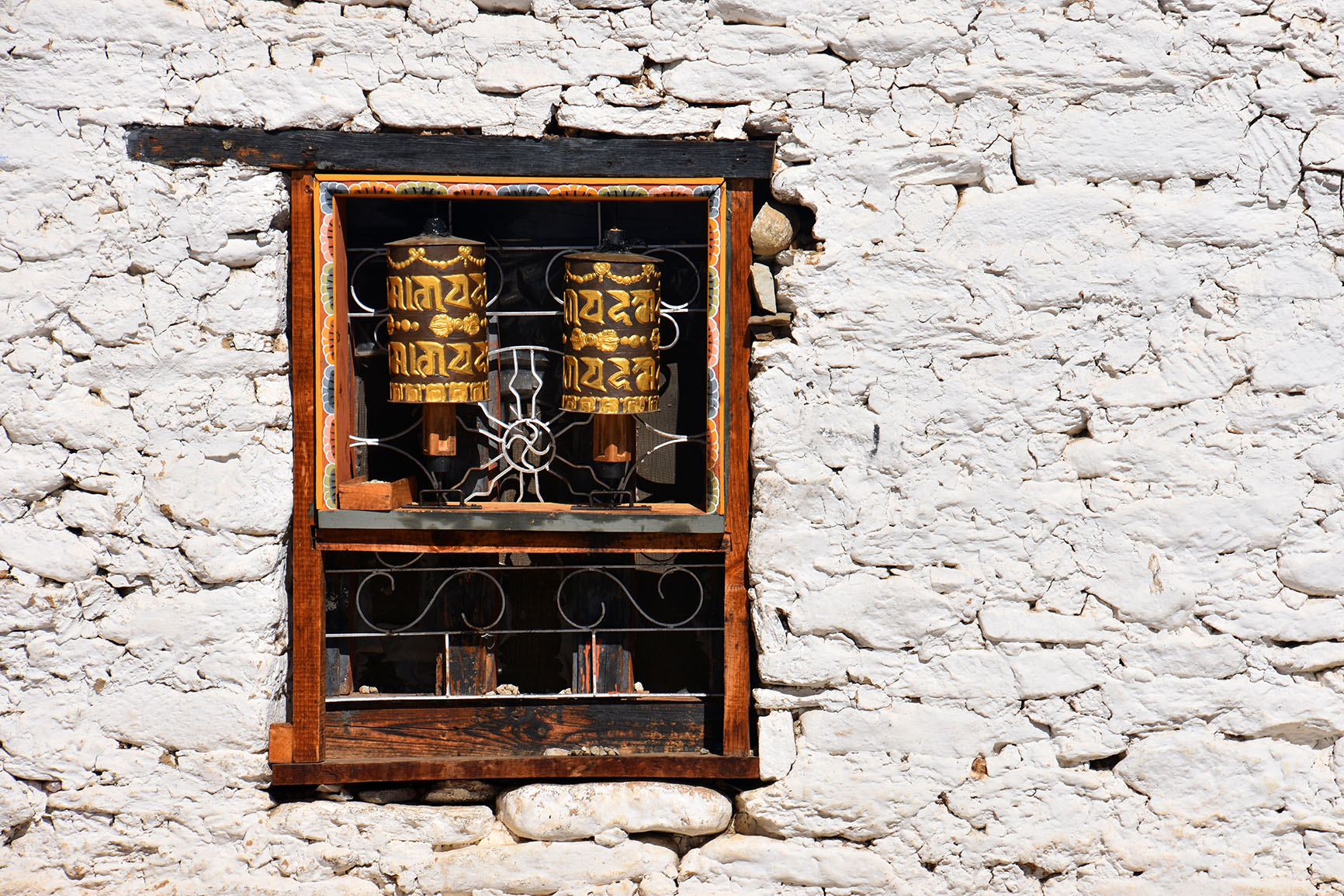
Bumthang itself is a patchwork of history, spirituality, and nature – a sacred region where the air is thick with the scent of pine, incense, and candle. Amongst the many temples and monasteries that adorn these hills, Jampa Lhakhang holds a special significance. It is said to be one of the oldest temples in Bhutan, with a history that stretches back to the 8th century.
Legend tells of Guru Rinpoche, the great tantric master who brought Buddhism to Bhutan, having meditated here and blessed the land. The temple was later established by the first king of Bhutan, Zhabdrung Ngawang Namgyal, and over the centuries, it has become a cornerstone of the spiritual life in the region.
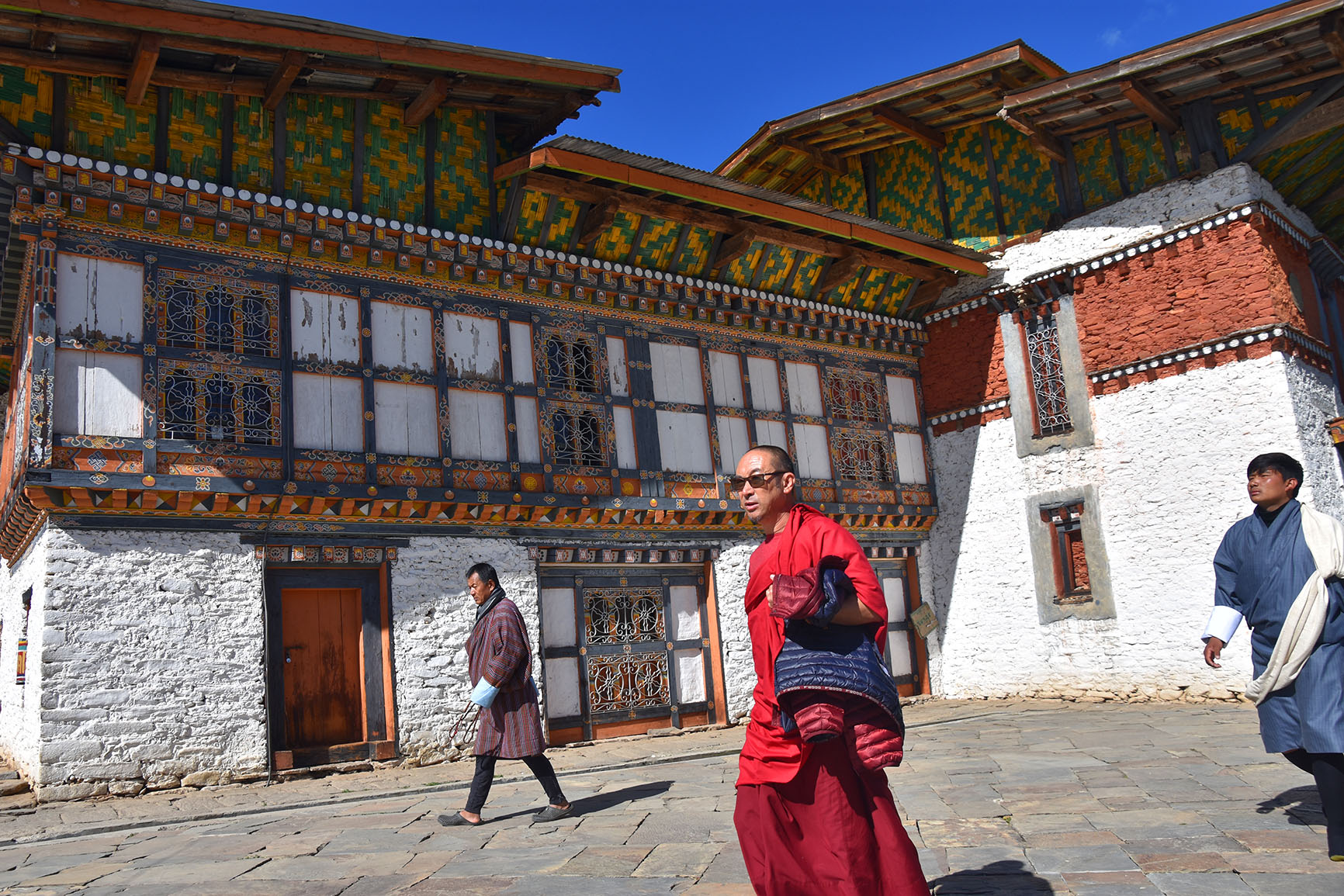
The temple’s location only deepens its sense of sanctity. Nestled in the lush valley of Bumthang, surrounded by fields of barley, buckwheat, and the occasional wandering yak, the temple is as much a part of the land as it is a structure of worship. From a distance, the roof of Jampa Lhakhang glints like a golden sunbeam against the rugged mountainside, as the path leading to the temple winding through forests of cedar and fir. I think I got particularly mesmerised as, even the sound of the river, cascading nearby, seemed to hum with a steady rhythm of its pilgrims’ prayer wheels.
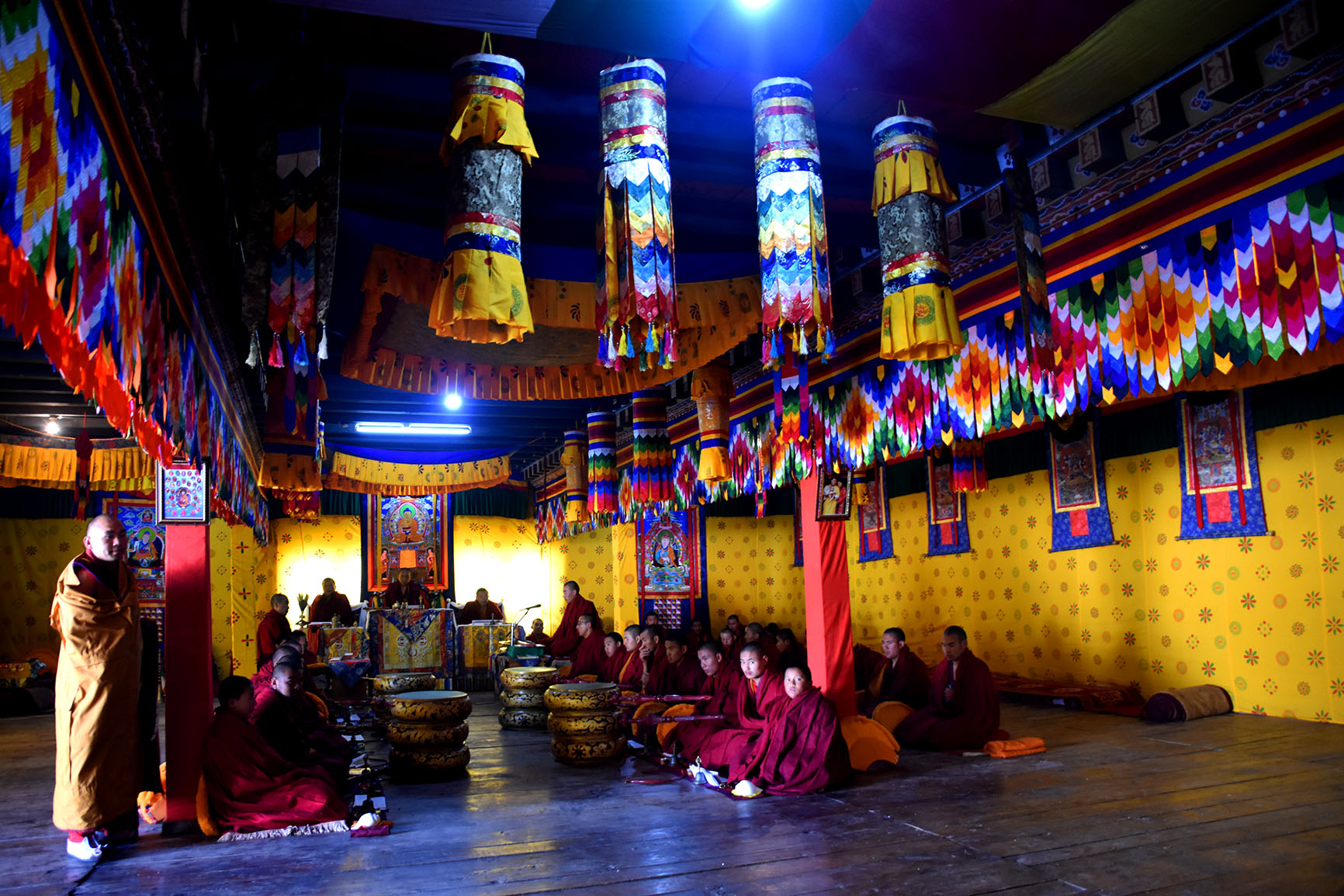
Approaching the temple, I felt a sense of entering a sacred, protected space. The courtyard before the temple is a peaceful patch of earth, adorned with prayer flags fluttering gently in the breeze, their colours (red, blue, yellow, green) bouncing light across the stone. Here, the earth is soft underfoot, and the air is filled with the sweet scent of butter lamps and incense smoke that trails upward. Pilgrims from all walks of life, often traveling for days, make their way to the temple with hands clasped in prayer, their faces a mixture of anticipation and reverence.
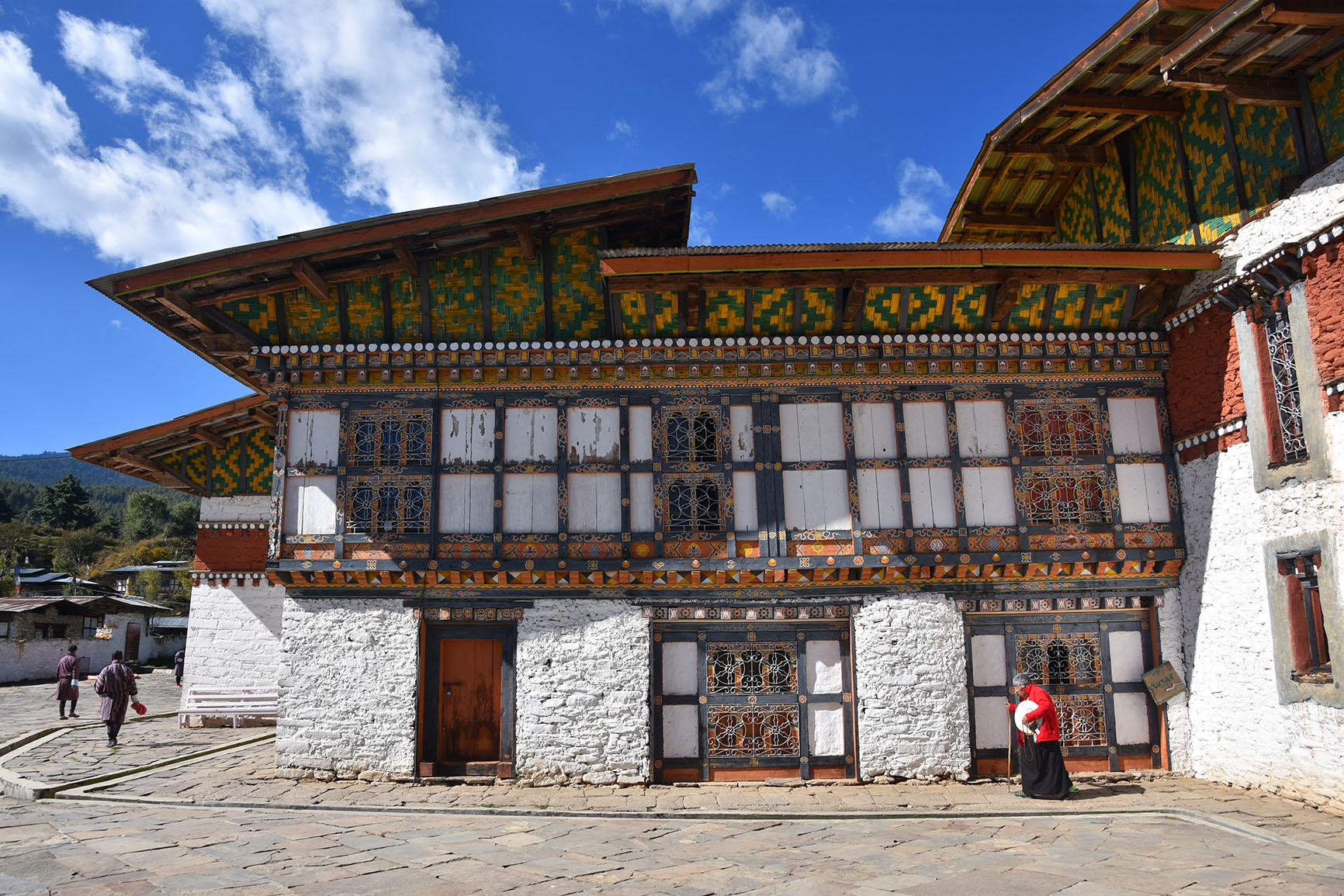
Inside, Jampa Lhakhang is a marvel of simplicity and elegance, every corner saturated with spiritual energy. The temple’s interior is modest, but in its modesty lies a profound beauty. The walls are decorated with murals that recount the life of the Buddha and the journey of the great saints, scenes from Tibetan and Bhutanese Buddhist traditions coming to life in brilliant, vivid colours. The ceiling, a marvel of woodwork, is adorned with intricate patterns that echo the sacred geometry of the universe itself.
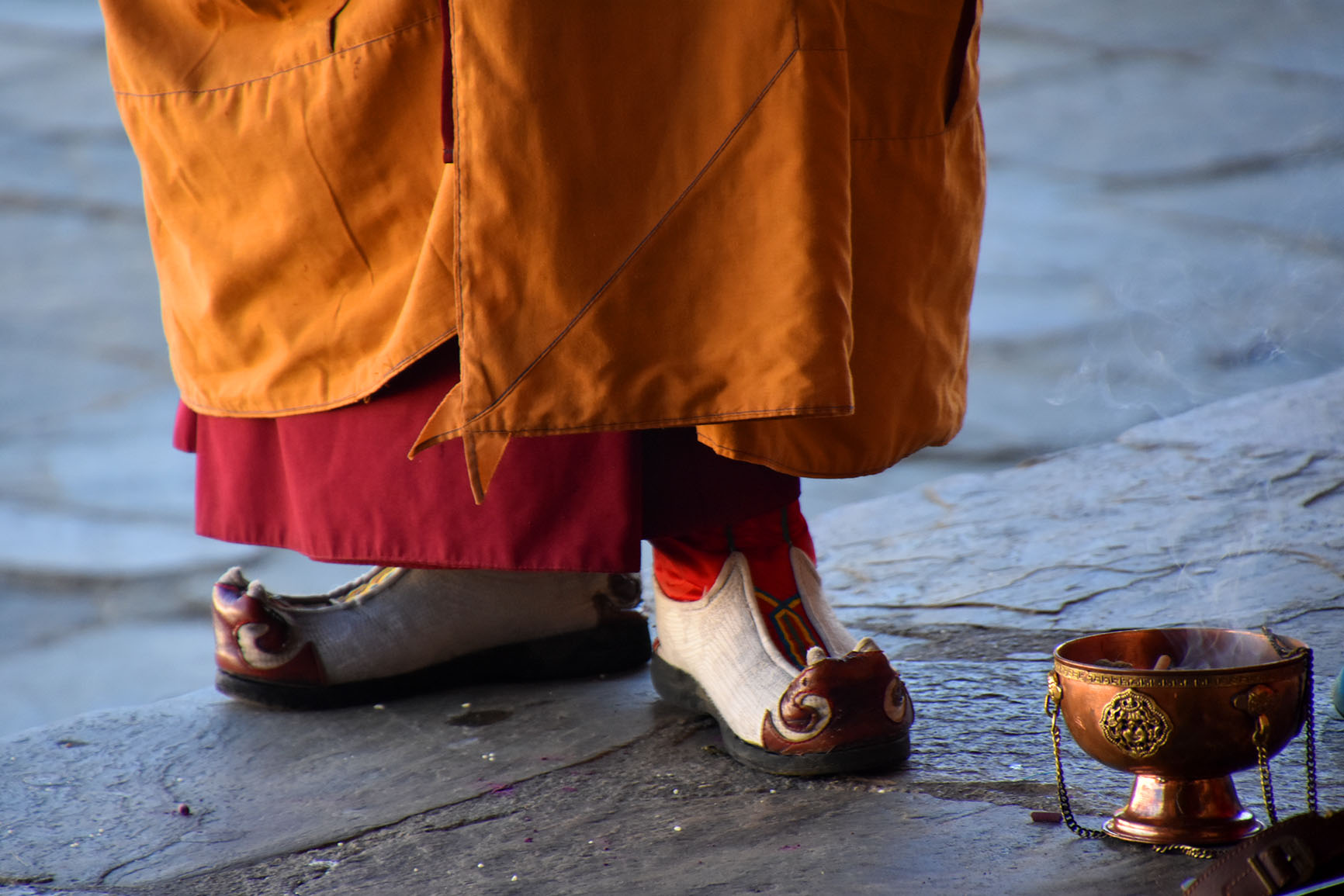
The main altar is bathed in a soft, golden light from the rows of butter lamps that flicker and dance in the stillness, casting long shadows across the room. The walls are lined with wooden pillars, carved with intricate designs – showing dragons, lotus flowers, and other sacred symbols – that hold up the weight of centuries of prayers.
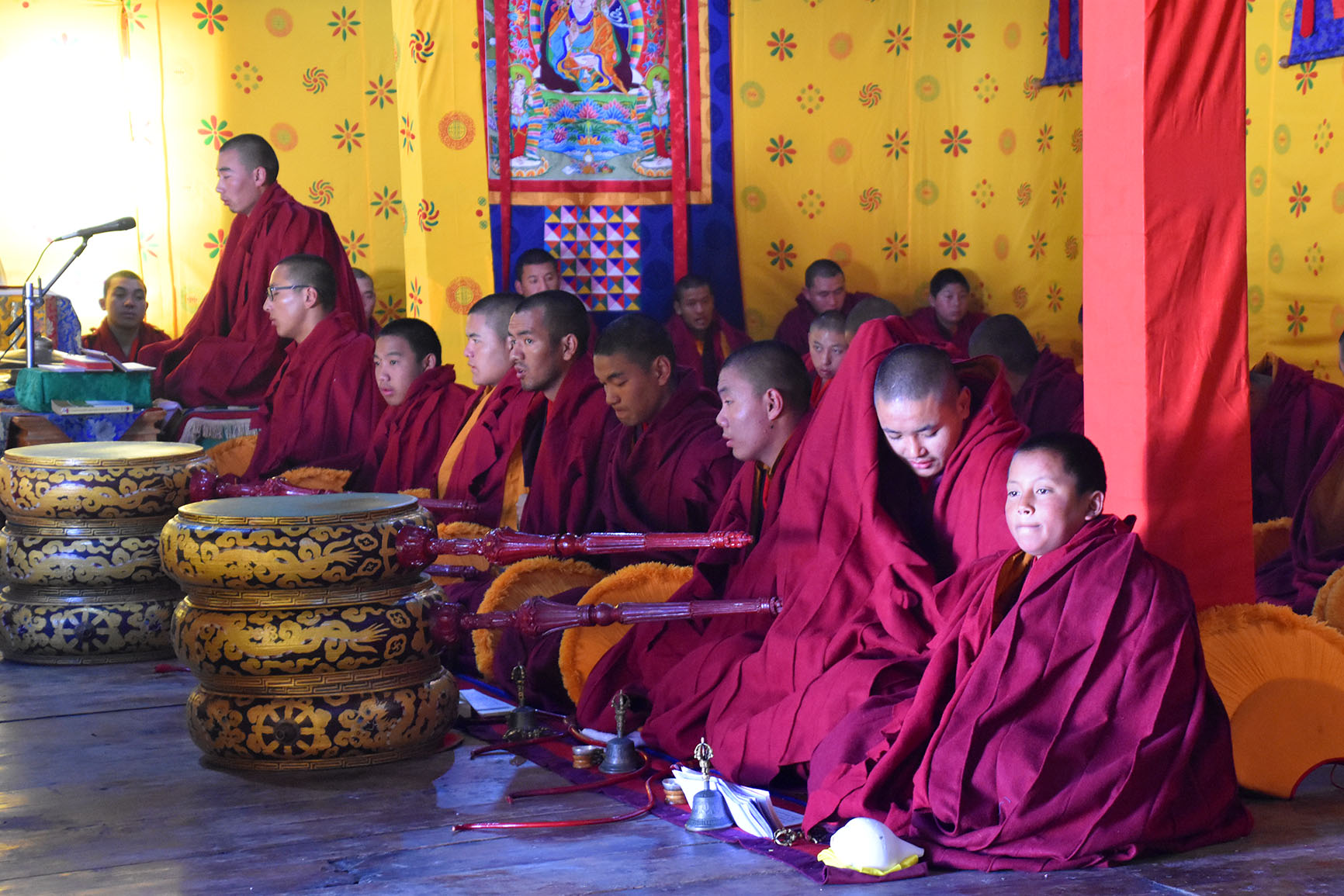
The air inside is thick with the murmur of chanting monks, their deep, resonant voices filling the space like a river of sound. Their robes, a rich shade of maroon, sweep the floors as they walk in procession, offering their prayers to the sacred figures above. The low, rhythmic hum of their chants, accompanied by the sound of prayer bells, cymbals and drums forms a pulse that echoes through the temple, vibrating in the bones of all who enter. Close your eyes and it is a sound that reaches beyond the physical space and seems to penetrate the soul, drawing the mind inward and allowing the heart, if you are lucky, to rest in a state of profound peace.
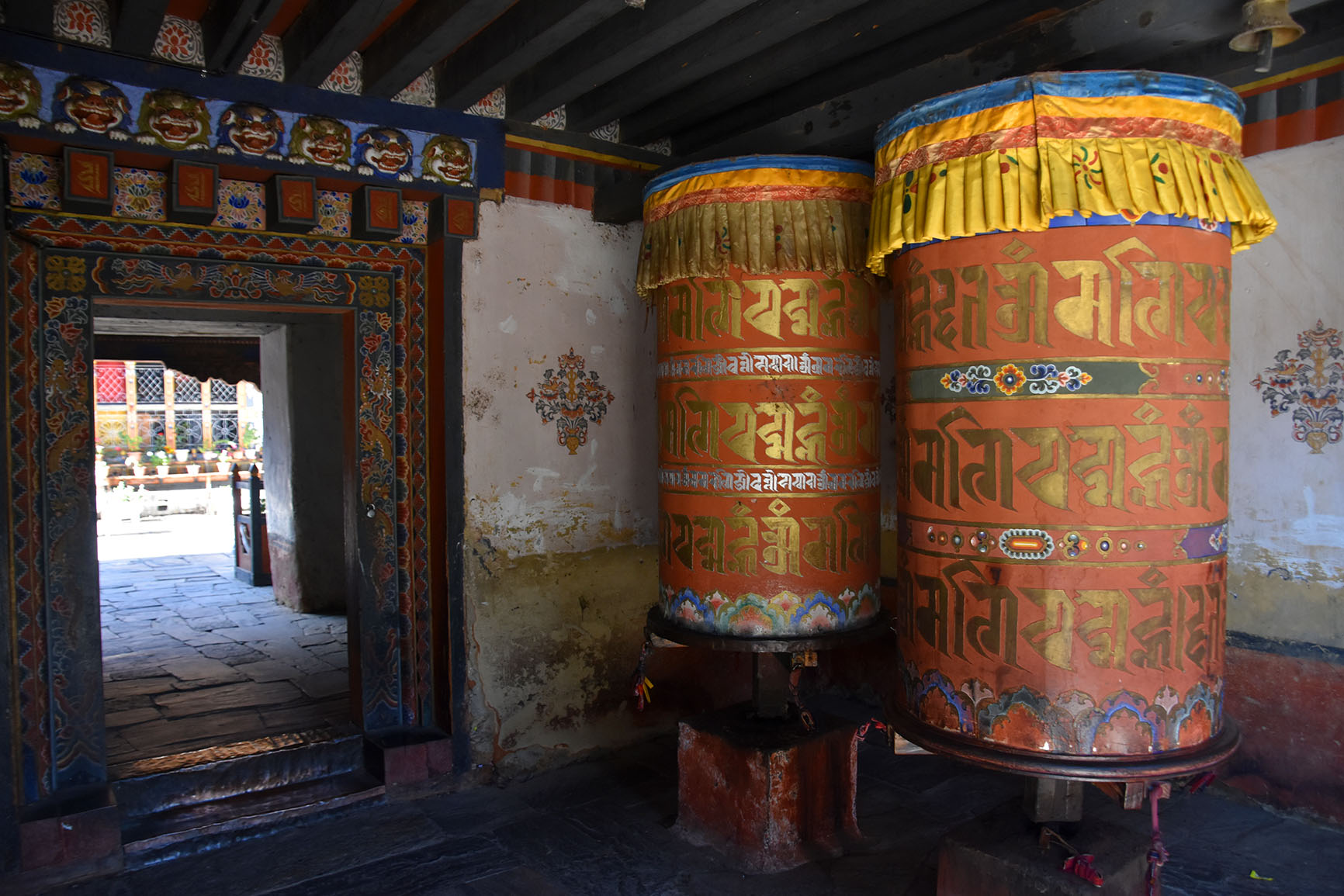
For pilgrims who visit, Jampa Lhakhang is not merely a place of worship. It is a sanctuary for the spirit. Those who come here often do so on a pilgrimage of personal significance, seeking blessings, healing, or guidance. Some walk slowly around the temple, spinning the prayer wheels that line the outer walls, their hands brushing the brass handles with reverence as they repeat mantras under their breath. Others sit in quiet meditation, their eyes closed, palms pressed together, as the chants of the monks envelop them in a warm embrace of sound.
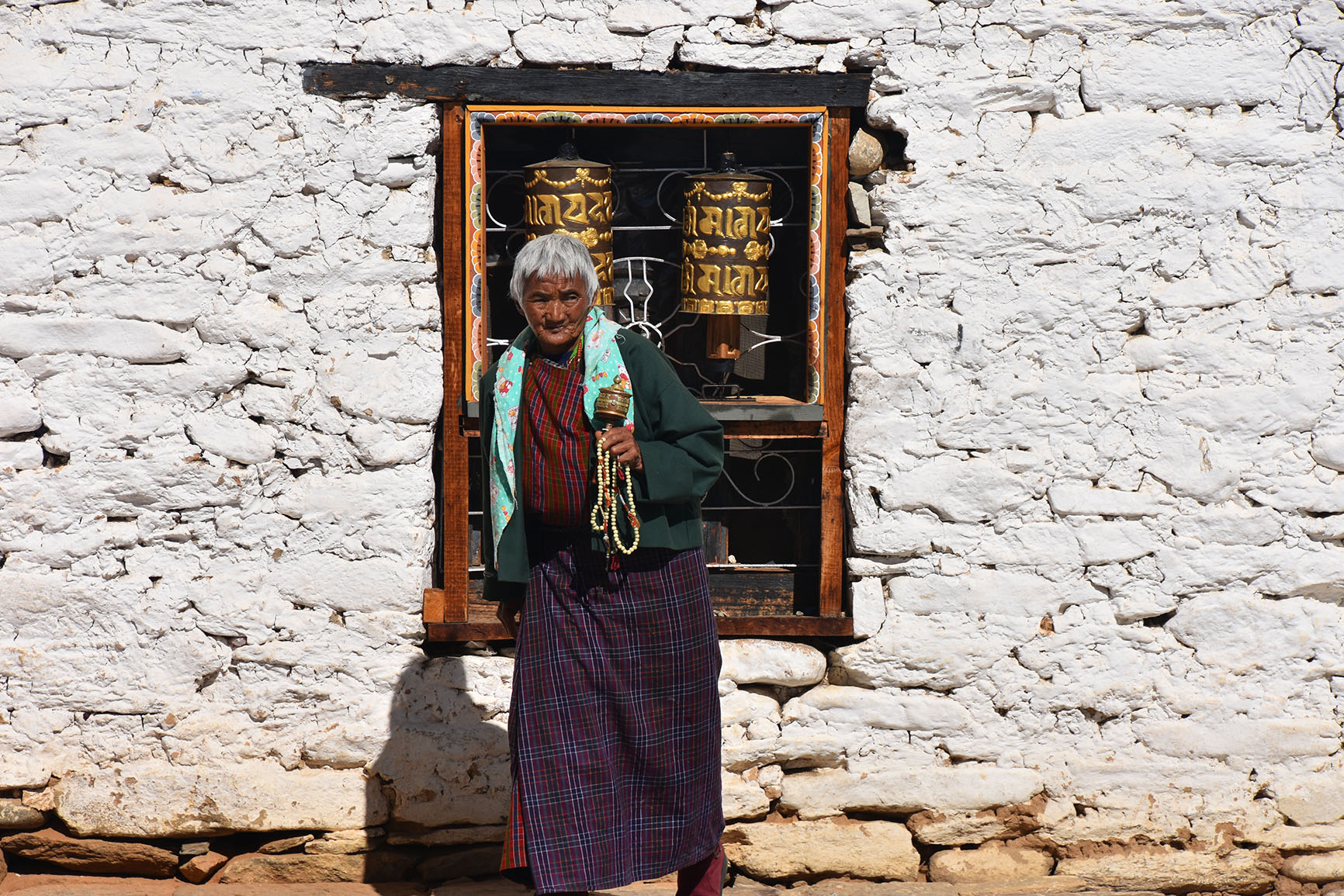
The monks, as much a part of the temple as the walls themselves, are the living custodians of this energy. Their chanting, their presence, and their practice continue a lineage of spiritual practice that has endured for over a thousand years.
Memories of which I am sure will stayed with me years.
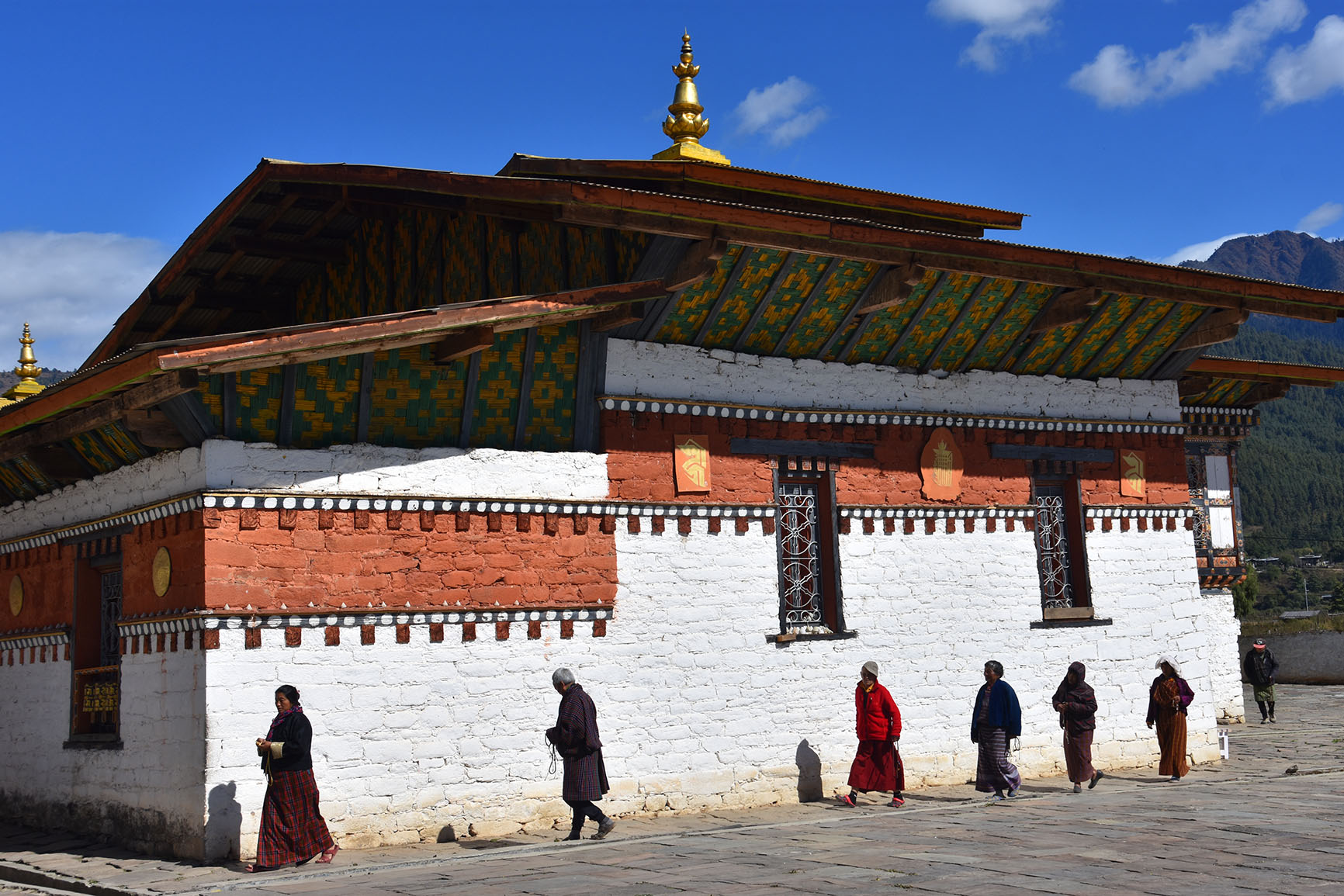
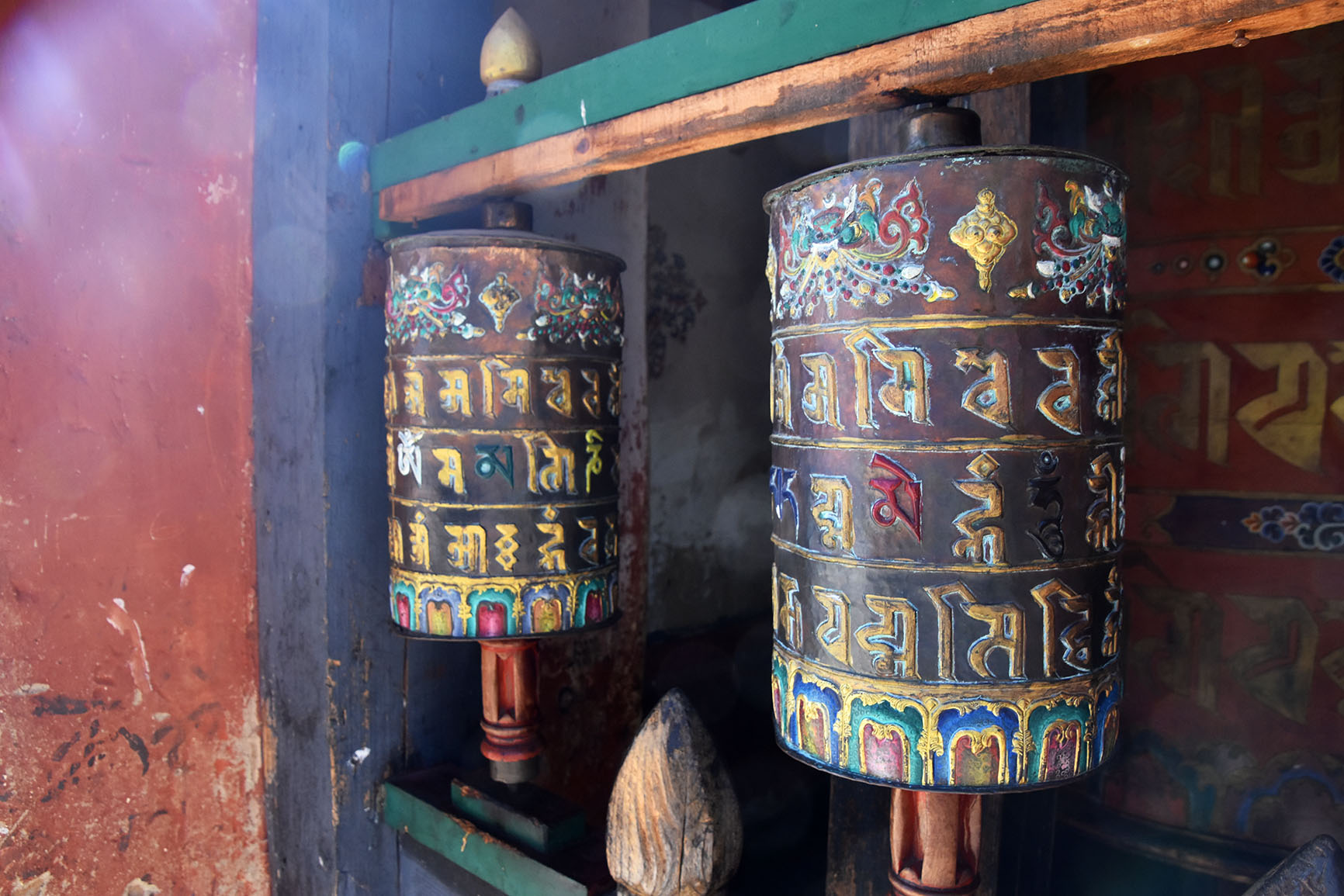
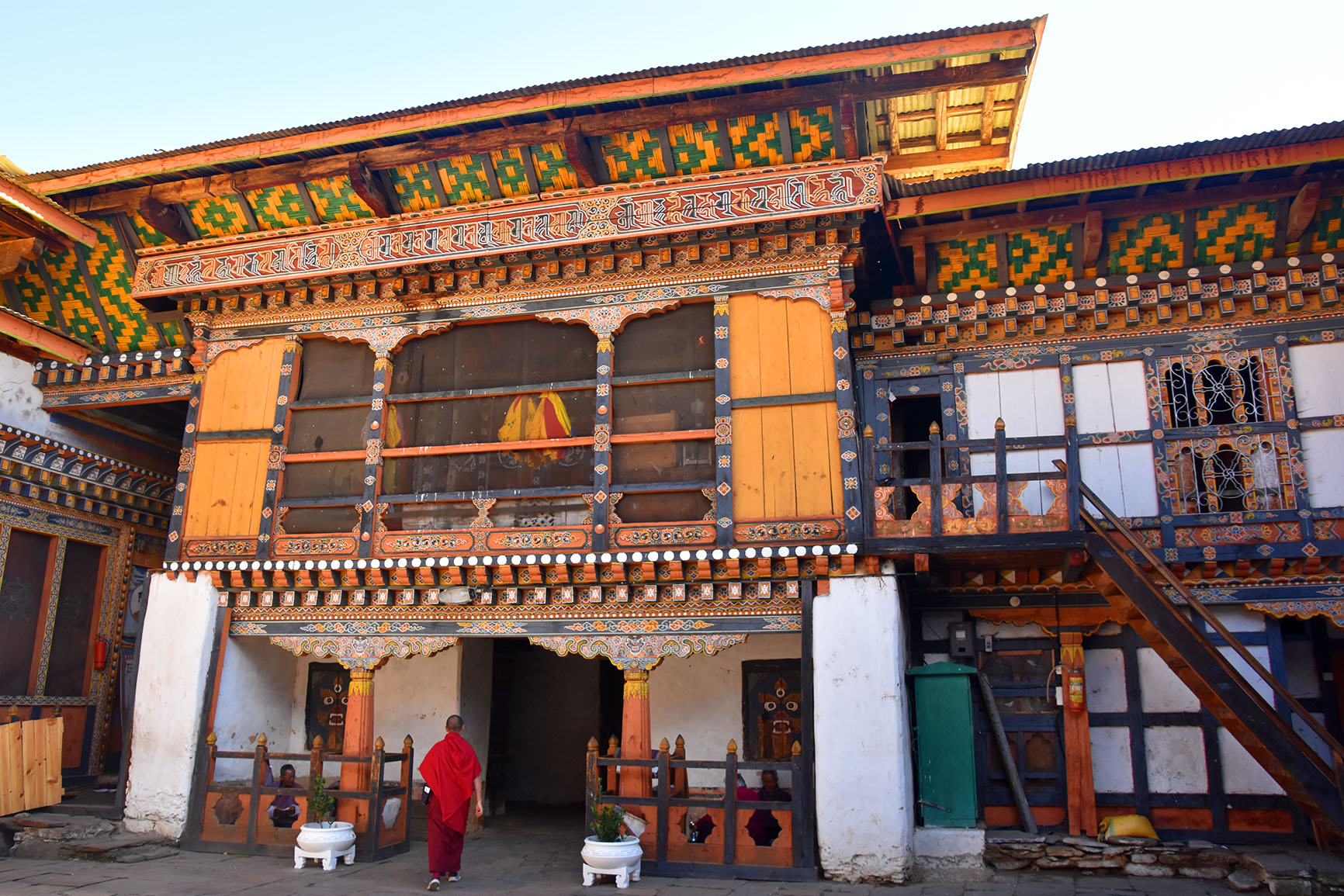
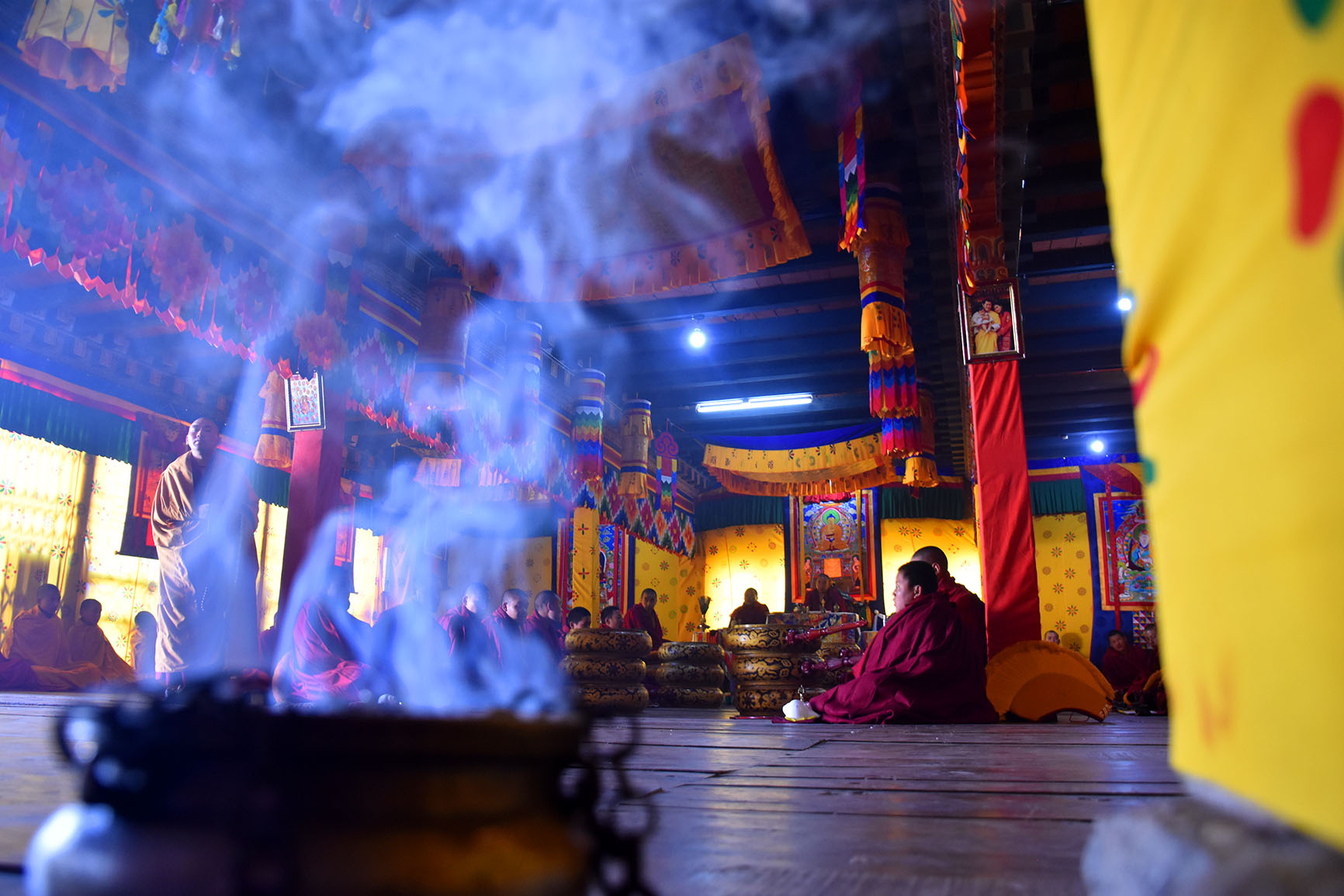
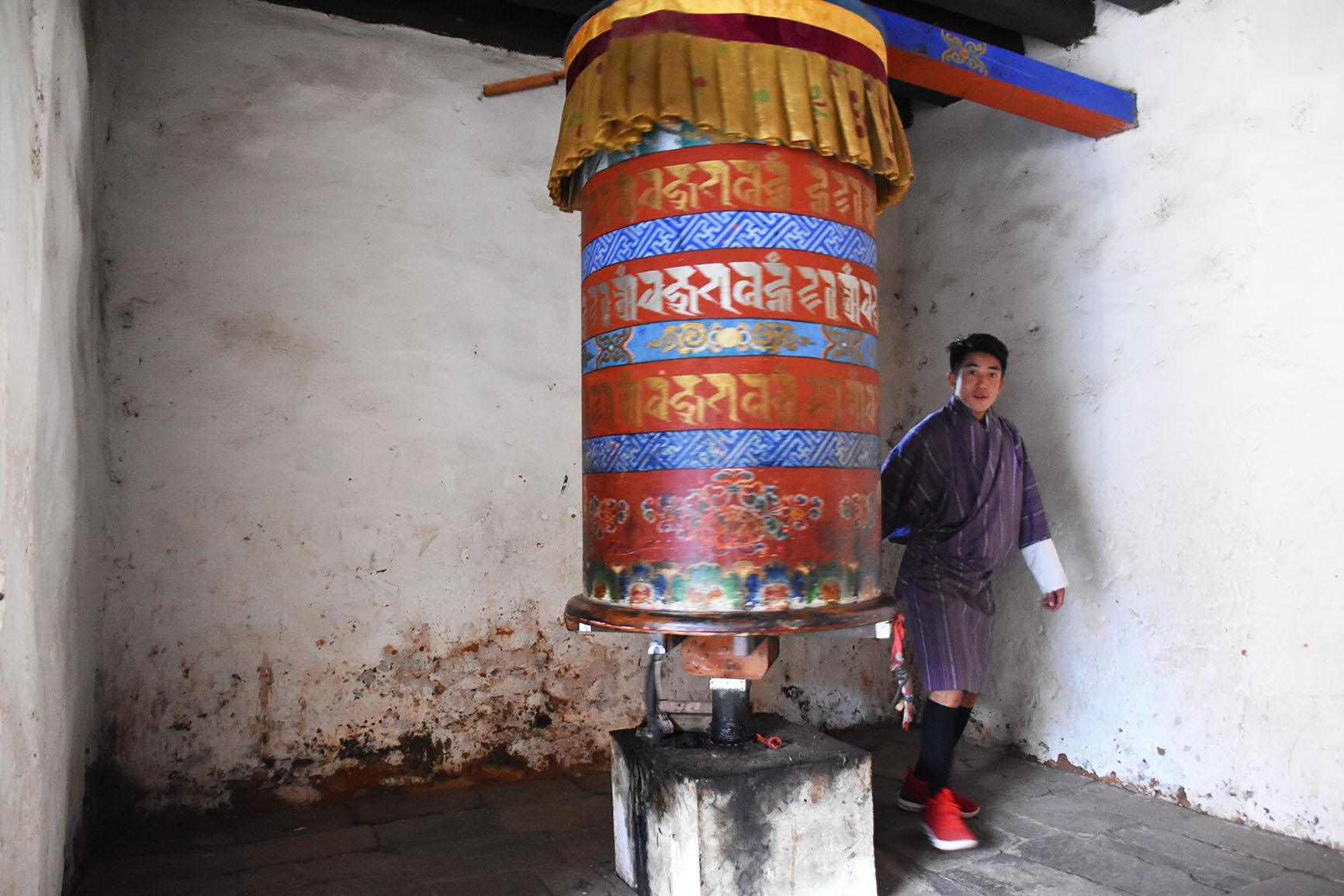
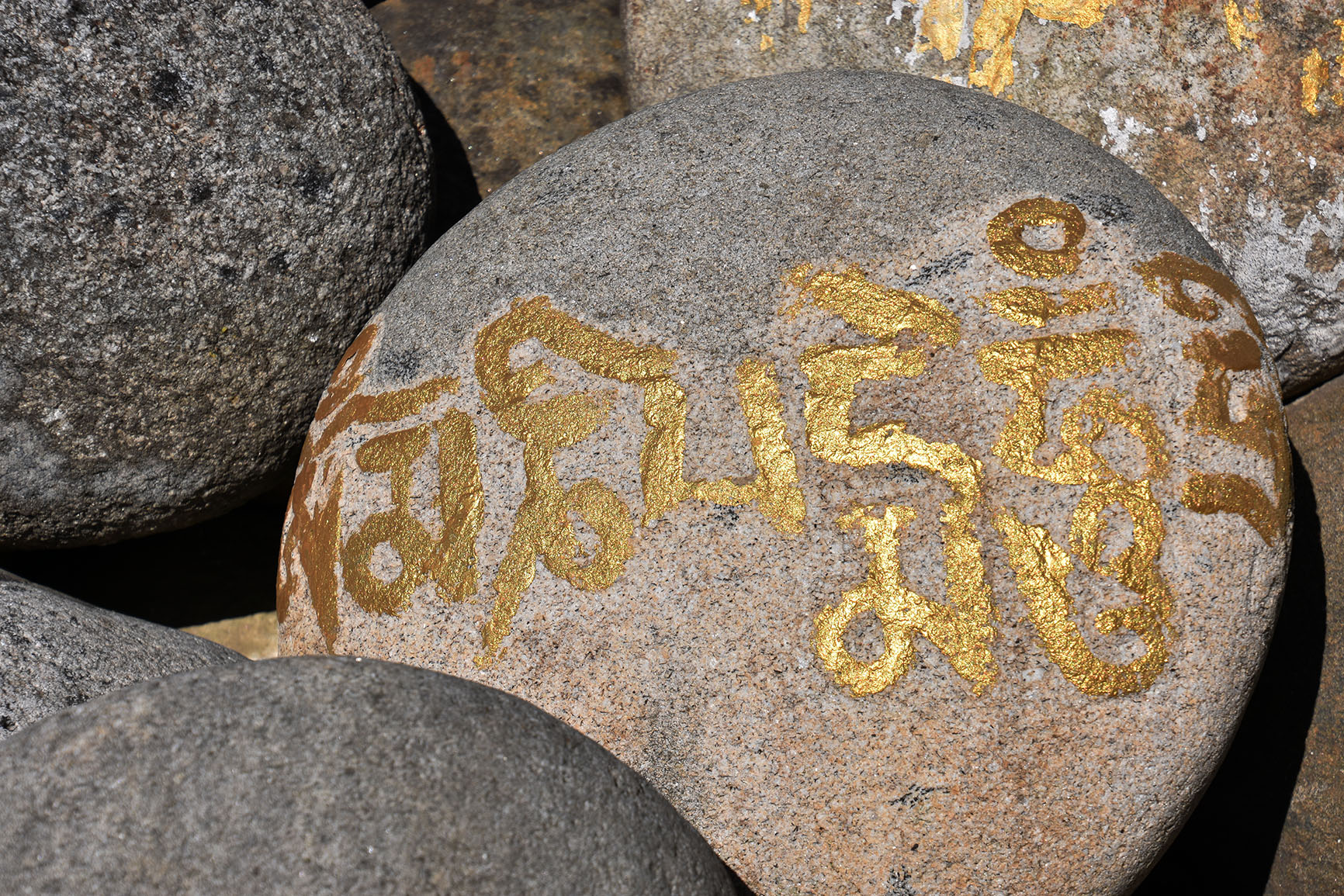
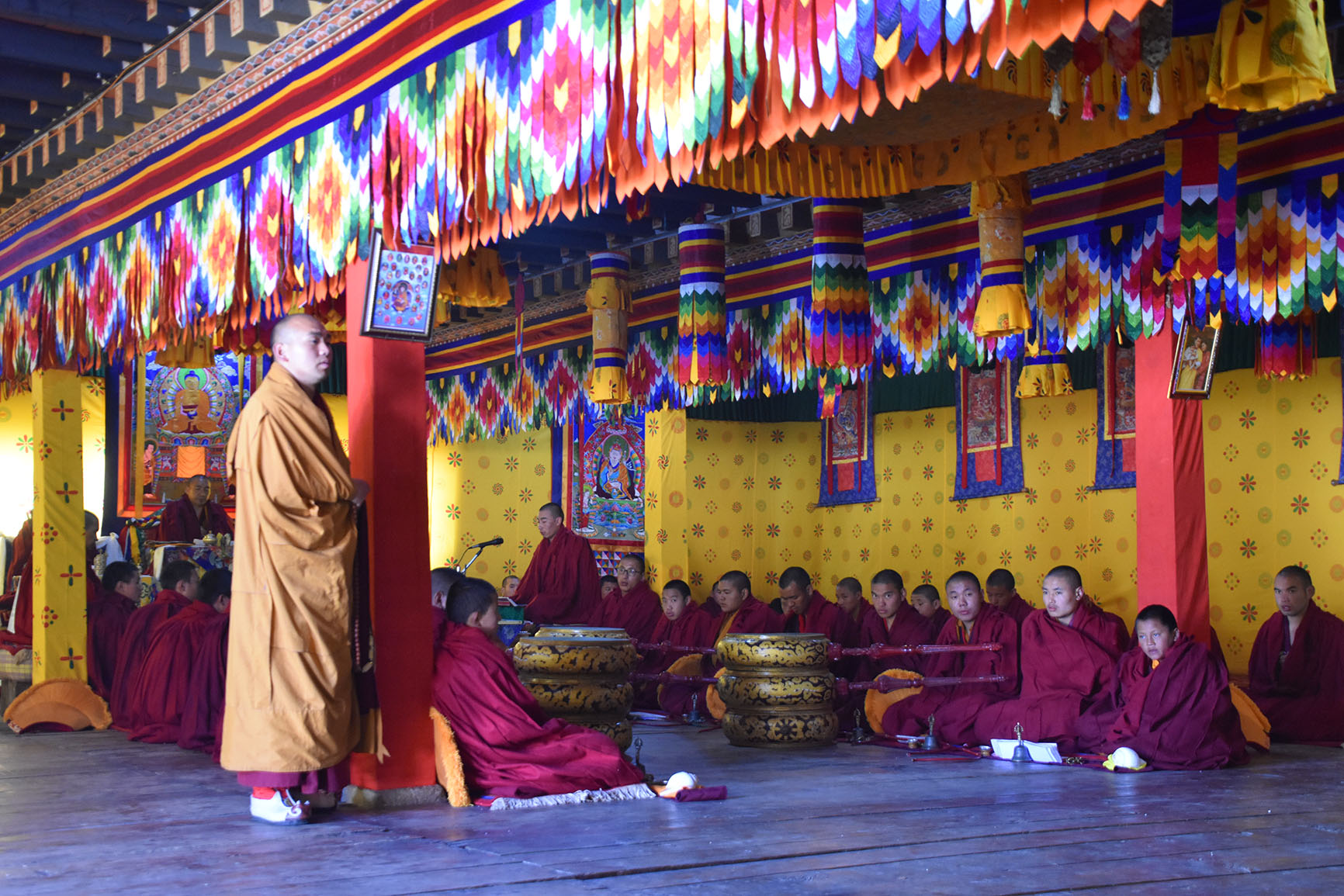
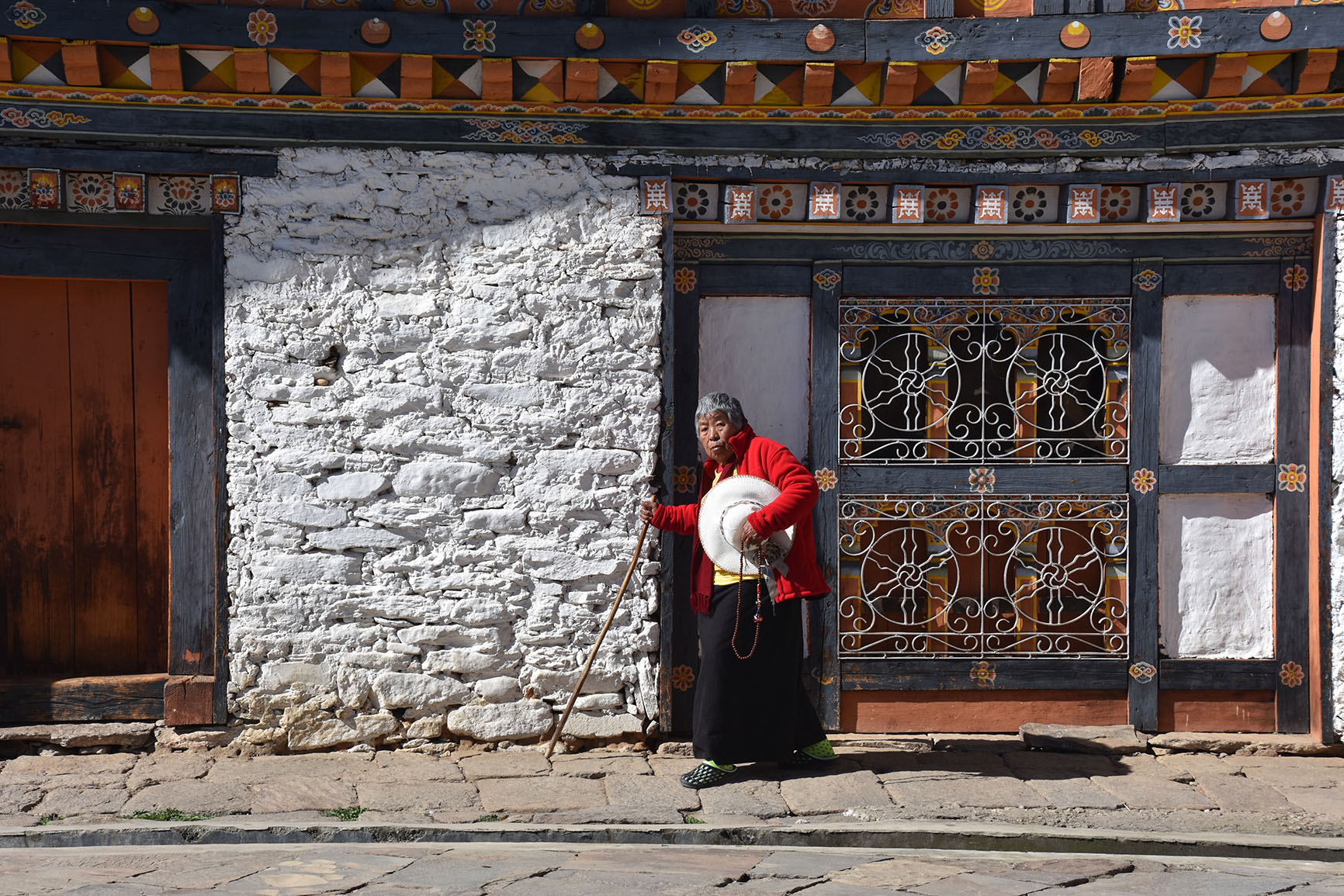
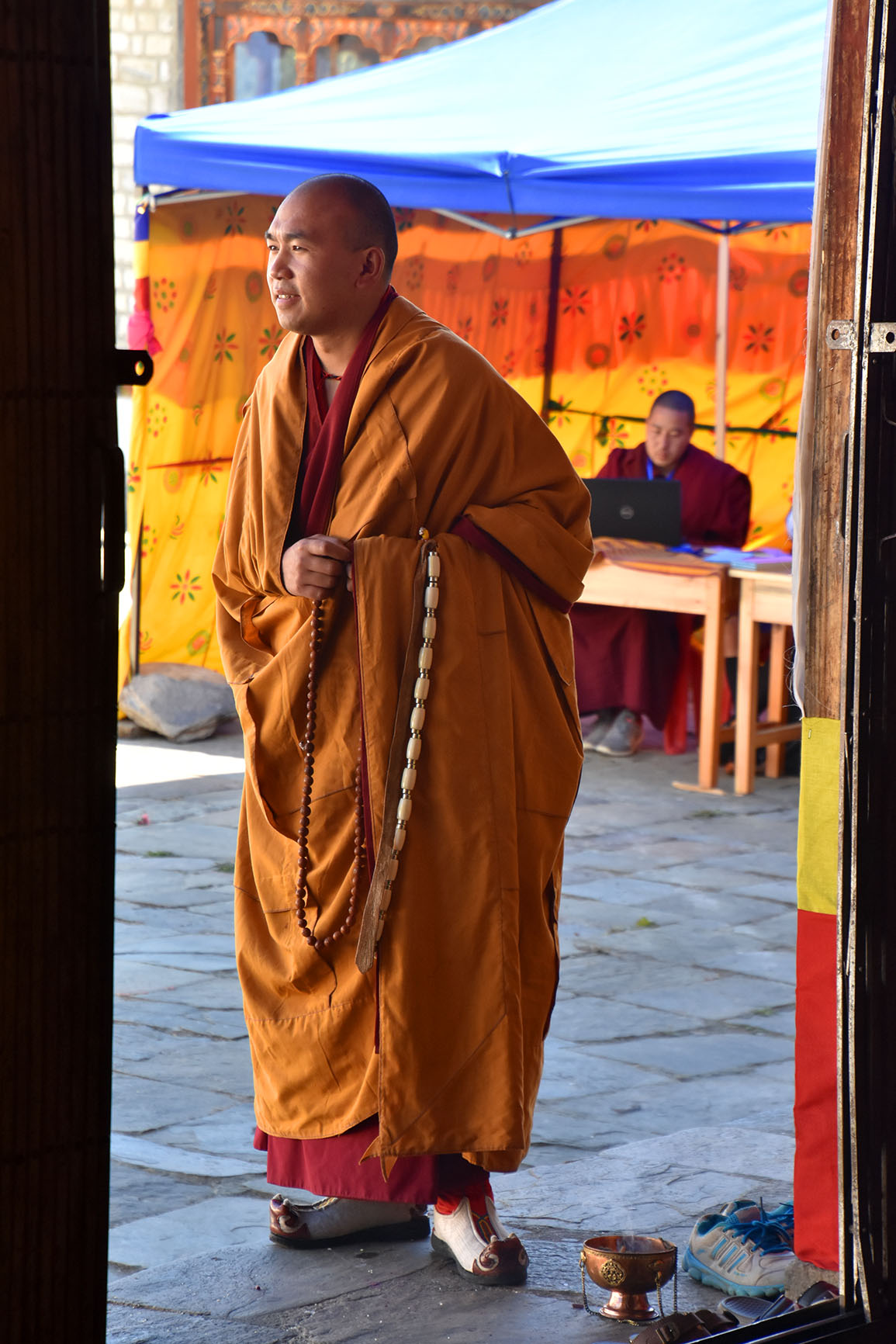
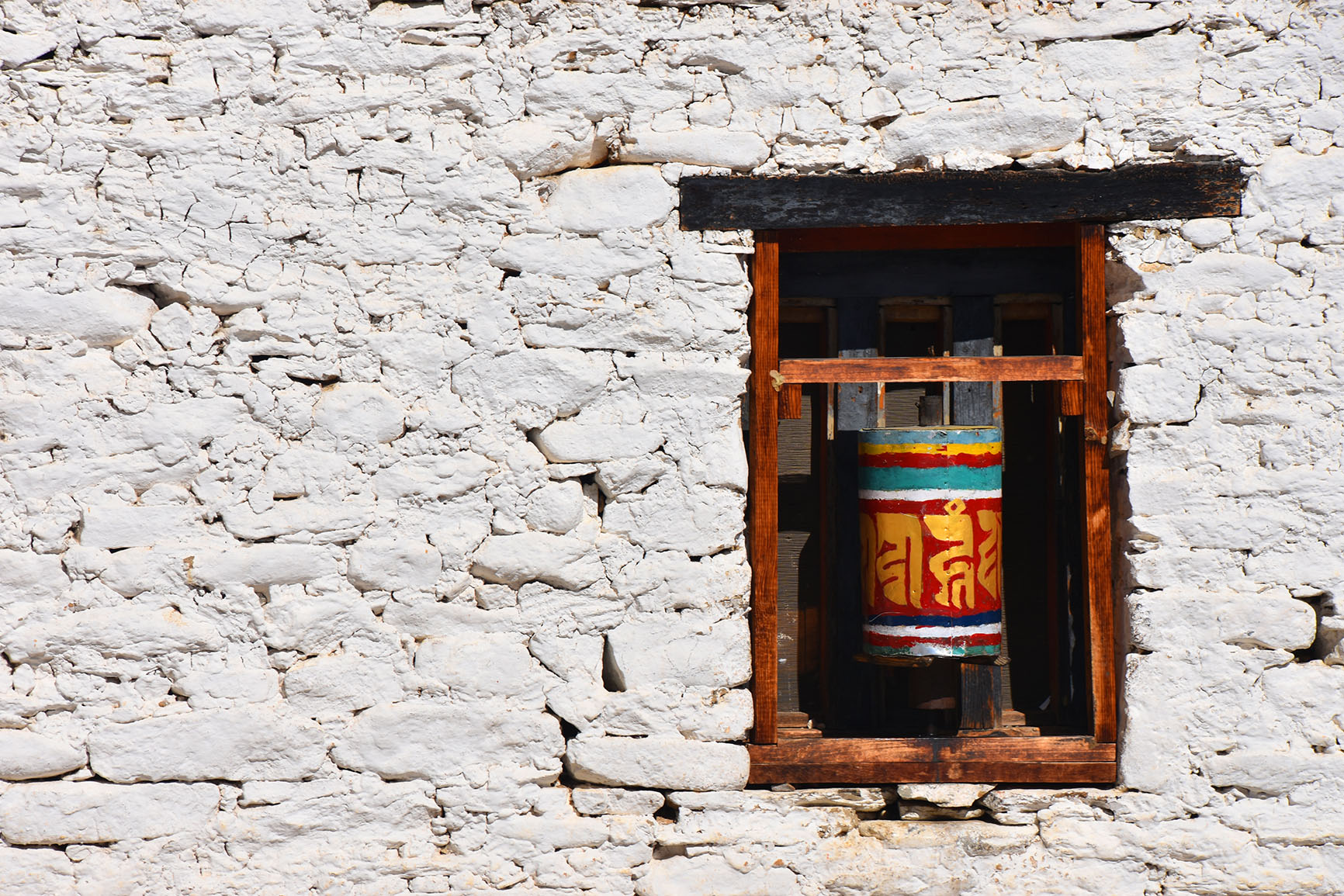
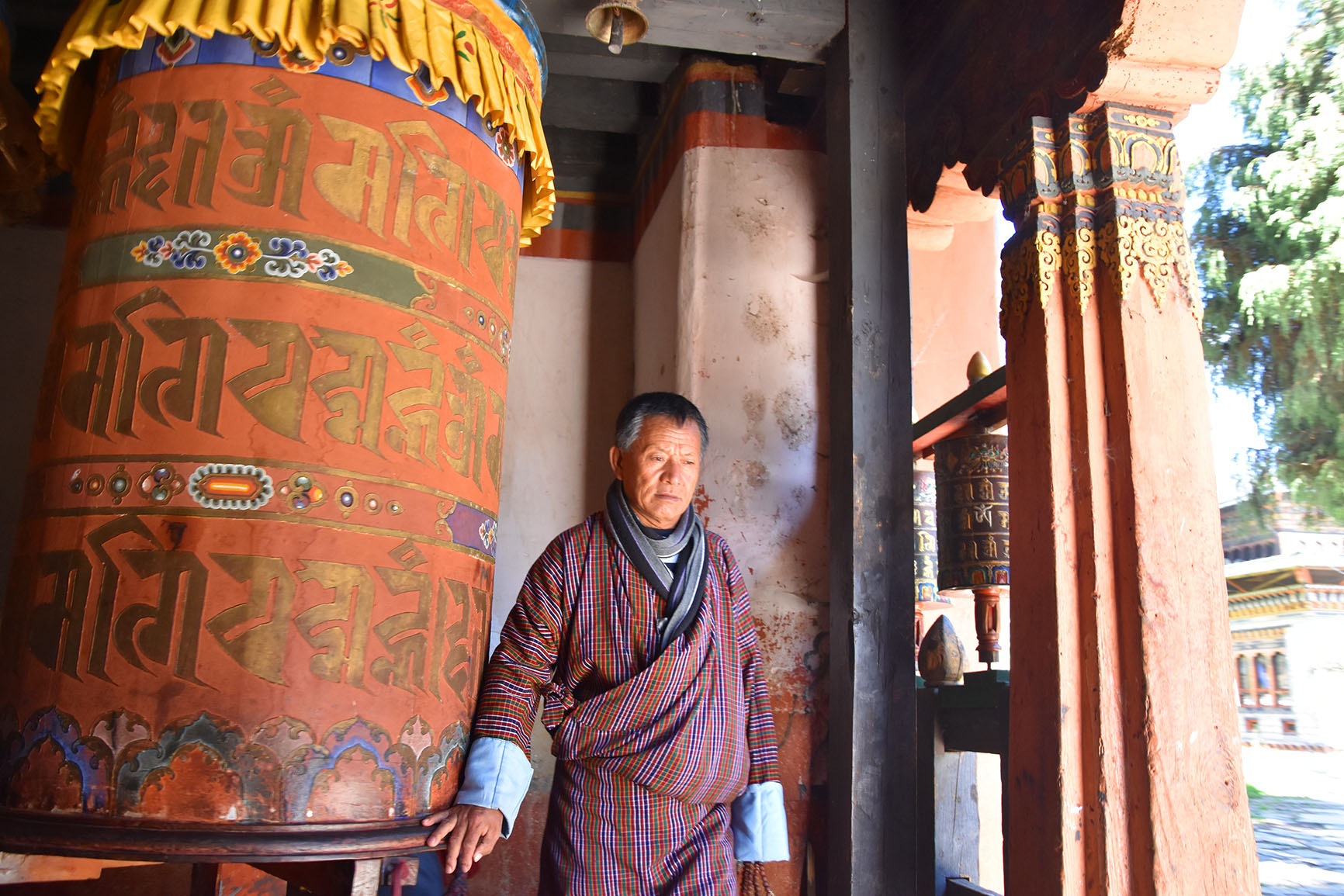
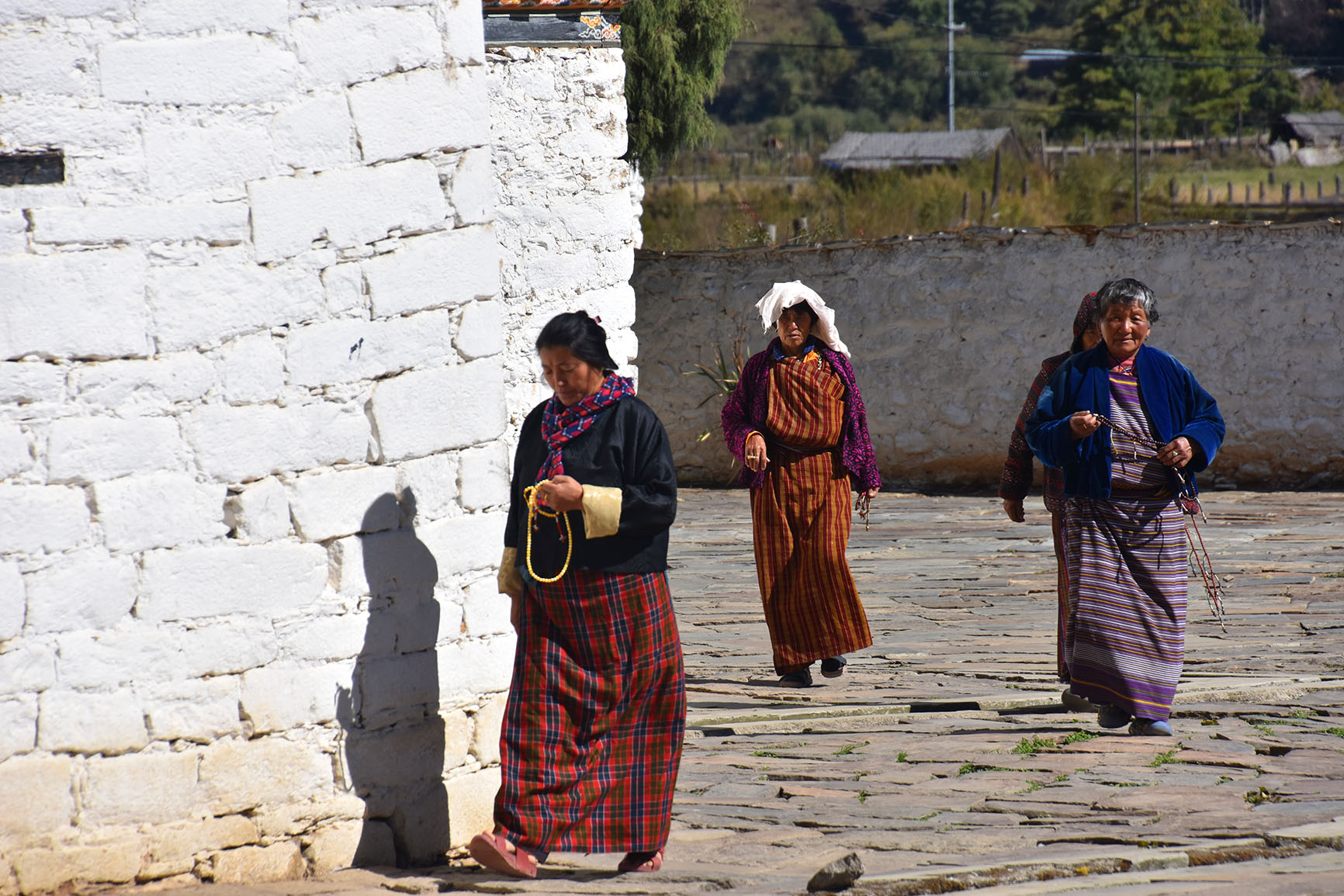
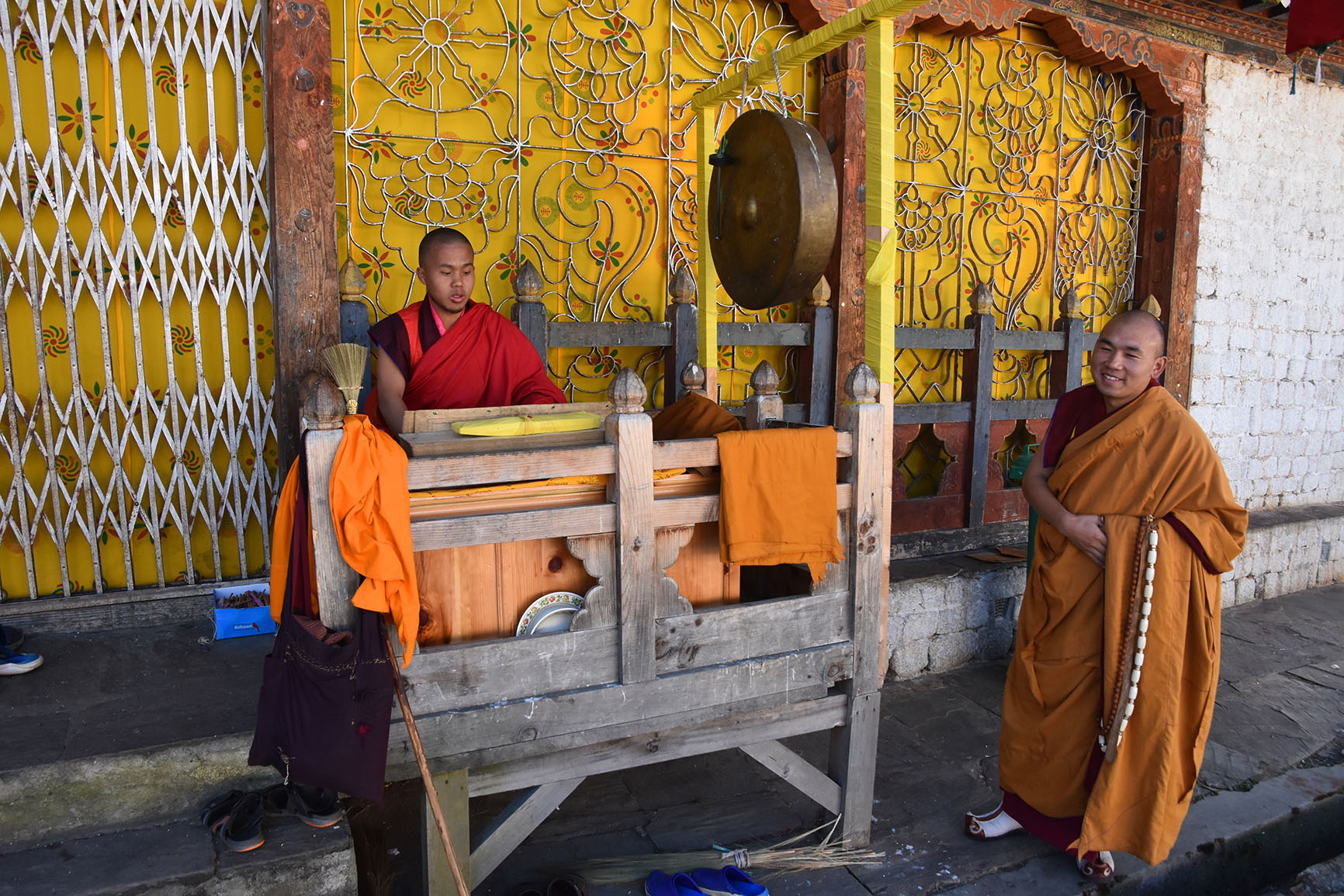
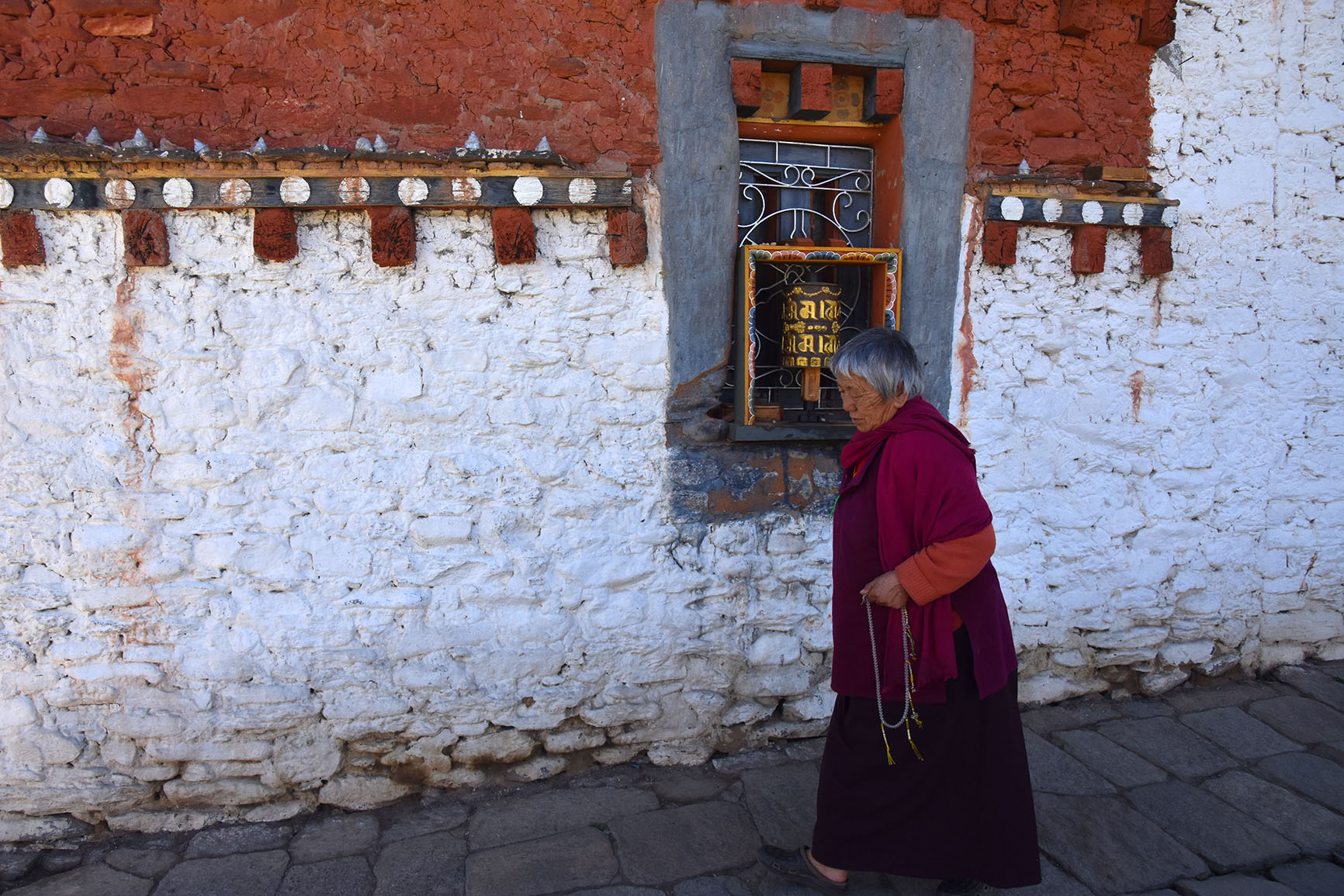
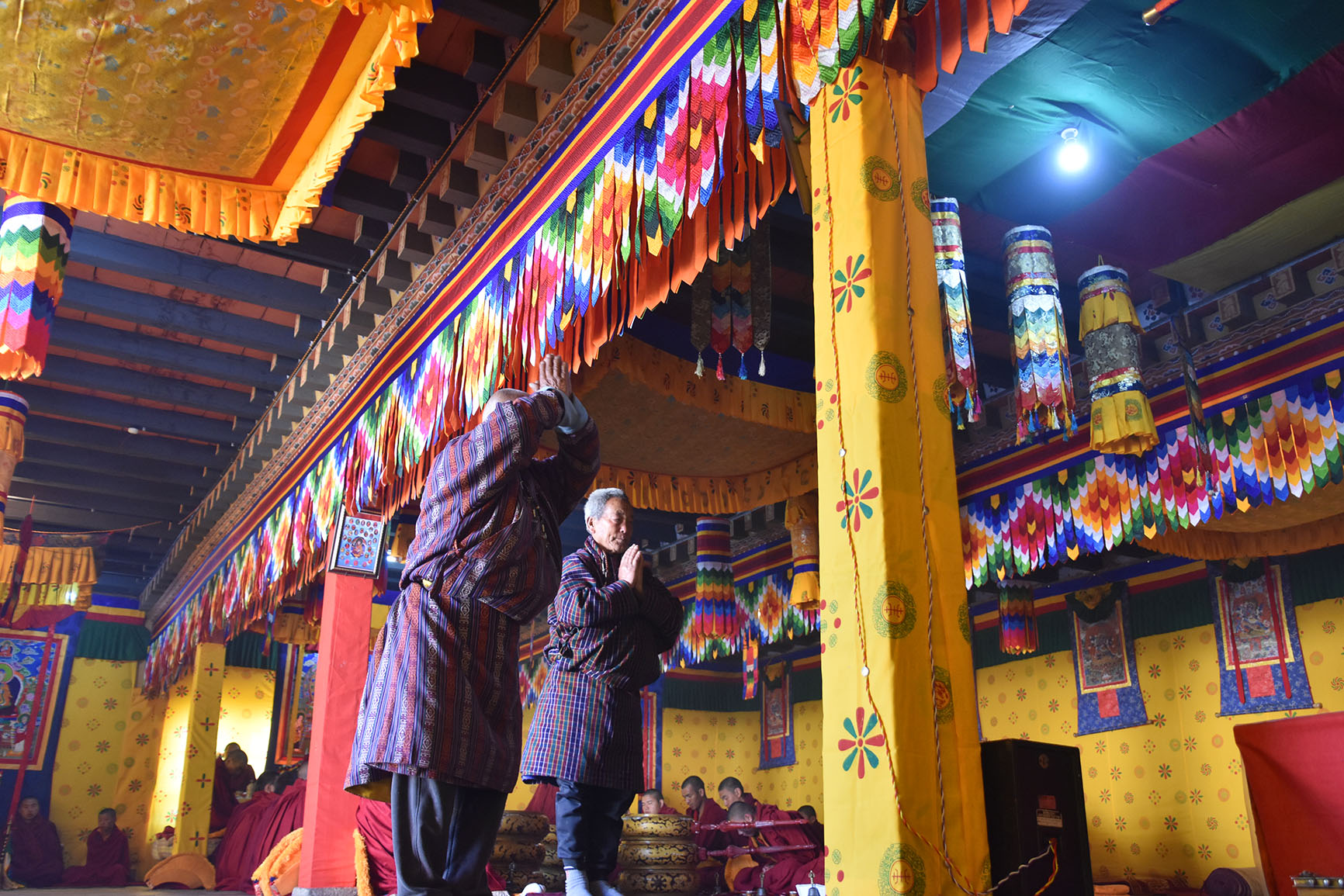
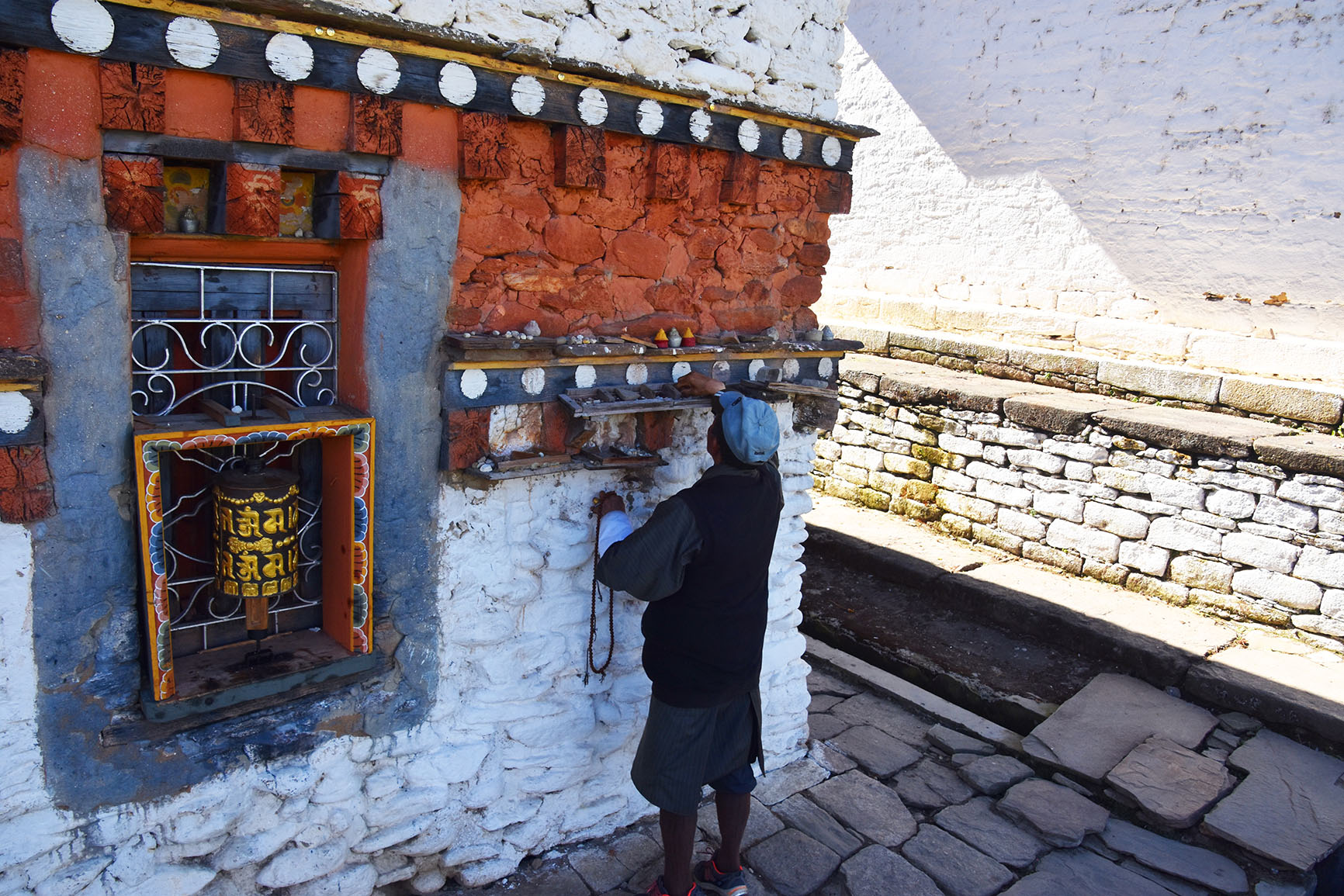








Leave a Reply
Want to join the discussion?Feel free to contribute!